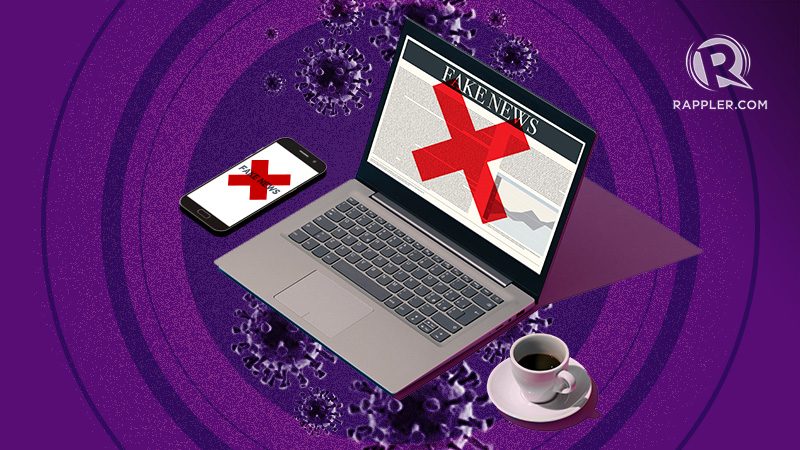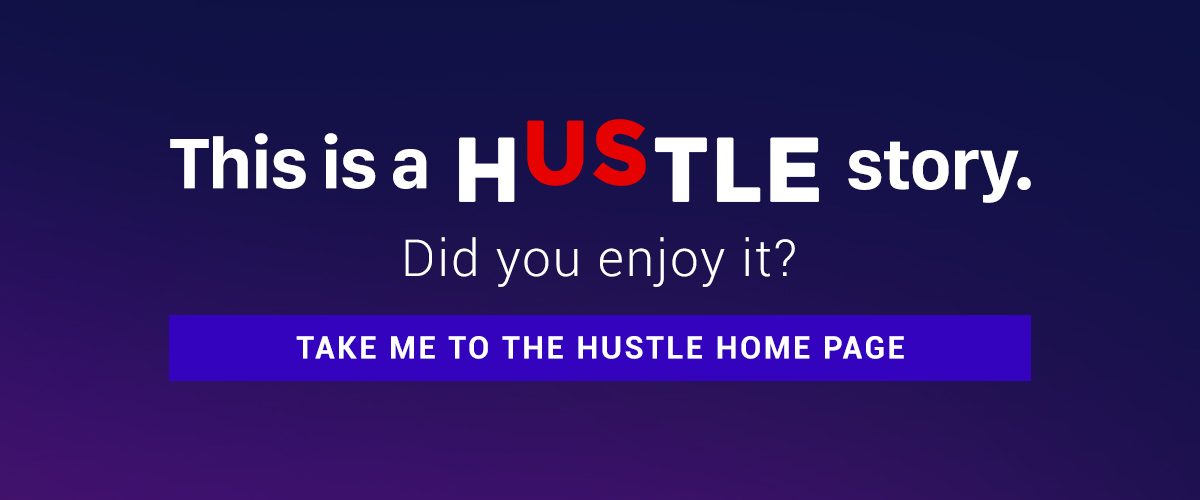SUMMARY
This is AI generated summarization, which may have errors. For context, always refer to the full article.


The world came to a halt as countries shut their borders, restrict mobility, and soft pedal on all social and economic activities to contain the COVID-19 pandemic. All has taken a pause – except for the disinformation machine.
Fake news and false information feel very much like the coronavirus. They are both difficult to detect, initially low stakes, but when left unattended can be highly infectious as it spreads through our social networks. The digital-first infrastructure of bogus news and troll factories have spared their operations from being disrupted by the lockdown, and they are more rabid and ruthless now with the hefty materials around the COVID-19 crisis to work with.
Disinformation seems old news, but there is another threat at hand: misinformation. The World Health Organization has identified the existence of an ‘infodemic’ or oversupply of information, be it factual, fictional, or false, as a severe deterrent in combating the spread of the novel coronavirus.
Social media, already a notorious space for disinformation and political propaganda, is the locus of this information big bang – news, information, rumor, panic, anger, and the many ways people are coping with the pandemic, collapsing into one space.
We are witnessing the pandemic unfold through our digital screens, mediated by second- to third-hand information, ever-present trolls and bots, and algorithms that feed off from mob-like social behavior. While staying at home to minimize the spread of the virus is a moral imperative, practicing vigilance and critical thinking on social media might save lives too.
An anxious public is a gullible one
A pandemic is frightening (See: photos of the Black Death). The possibility of contracting the virus is heightened by a hundred-fold as more patients test positive with no contact with identified virus carriers. Every hour of news updates about the pandemic reminds you not only of the rapid transmission of the virus but also the vulnerability of particular segments of the society to it.
The blatant incompetence of the Philippine government to respond to the crisis also leaves us in a state of constant unease and indignation. The politicking of local governments’ innovative initiatives to protect their constituents is pushing the emotions up the roof.
It is a classic case of moral panic, where there is a sweeping feeling of fear and anxiety against conditions that threaten society. The hysteria of the pandemic casts further doubts on established order and knowledge, such as those produced by the scientific community and reputable media sources. This makes us more susceptible than ever to unfounded claims and conspiracies online, such as purported preventative food and the supposed origins of the virus. You probably got one from your tita, forwarded from a chain of messages from their network on Messenger.
In order to reduce feelings of uncertainty, people engage in haphazard information-seeking behavior, sustaining a whole economy of peddlers of fake news exploiting public restlessness and weak social institutions.
The politics of pandemic
The pandemic is a political crisis as much as it is a health crisis. The failure of the world governments to contain the epidemic within their own borders has resulted in this global health crisis. The burden to end it also lies in the hands of our leaders.
However, the problem is when the governments themselves are the source of misinformation that undermines the local communities’ effort to manage the pandemic. At the earlier stages of the COVID-19 crisis, the Philippine government blatantly downplayed the impending pandemic and repositioned it as an issue of Sinophobia.
In both his first and second press conference on the community quarantines, President Duterte was unintelligible and disconcerting in his pronouncements, leaving the country in disarray. In response, trolls have been mobilized to propagate scripts on social media (“Seriously, nakaakawa naman si Tatay Digong” is my favorite) that unburden the government of their ineptitude to manage the crisis.
China, where the outbreak began, has launched a global campaign to reposition itself as the leading actor in solving the pandemic, and refuting claims damaging to the Chinese Communist Party, despite contrary citizen reporting that were immediately censored on the Chinese internet.
Governments are weaponizing news about the pandemic and confusing their own people to protect themselves from scrutiny from their inadequacies. The institutions that were meant to look after your health and safety are misleading you and putting you at risk.
Outsiders looking from the inside
Locked in our own homes with little to no contact with the outside (physical) world, our hunger for information is at its peak. Only on Day 4, you are already experiencing an “information” cabin fever, agitated, and constantly on your phone for the next update on the pandemic.
Like any of us, news media professionals are not immune to the virus. Operations are cut back, and staff practice extra precautions to protect themselves from infection, hampering media’s capability to cover the pandemic at the speed and with the scope expected by the public. This is in addition to their difficulty in drawing audiences with the growing distrust of traditional gatekeepers and the emergence of so-called ‘alternative’ media.
A fast-spreading pandemic, an information-starved public, and a resource-deprived news media make non-traditional sources of information more palatable than usual, with trending anecdotes, screenshots, and flimsy-looking charts on Facebook temporarily satiating our need for a dossier of reassurance.
The news-sharing logic of social media further privileges fake news networks, having hired from top-tier marketing companies who have professionally packaged information into formats that move fluidly within digital platforms such as memes, photos, and short texts. Even when mainstream media delivers news fast enough, content can be manipulated and forged to look like legitimate media publishers, triggering enough to send us into a sharing frenzy.
Strengthen your immunity against disinformation
While digital media companies have bolstered their efforts to curb disinformation on their platforms, the overwhelming amount of information for an already overwhelmed public makes us easy prey to disinformation and misinformation.
Like a good health practice, you must learn who to trust and rely on for your news and information diet. Take it as your job to advise your friends and relatives when they share false information because it might risk others. At some point in this month-long quarantine, social media would become so toxic, so I advise you to just take time off your social media platforms.
Information warfare knows no pandemic. Keep your guard up against the disinformation virus.

Fatima is a senior lecturer and a digital cultures researcher from the University of the Philippines and De La Salle University. She studies the digital media and its intersection with politics, culture, and society in the Philippines and Southeast Asia.
Read more Hustle stories:
- Adulting 101: Practicing empathy in the midst of the coronavirus crisis
- Volunteer your skills during the lockdown through these initiatives
- #HustleEveryday: Setting up your home office while under quarantine
- #HustleEveryday: What apps do offices need for an efficient work-from-home system?
- Keep calm and cope: How to stay mentally healthy during coronavirus crisis
Get a stable internet connection at home so you can always self-check news. Use this Globe promo code to get discounts on prepaid Wi-Fi.

Add a comment
How does this make you feel?
There are no comments yet. Add your comment to start the conversation.